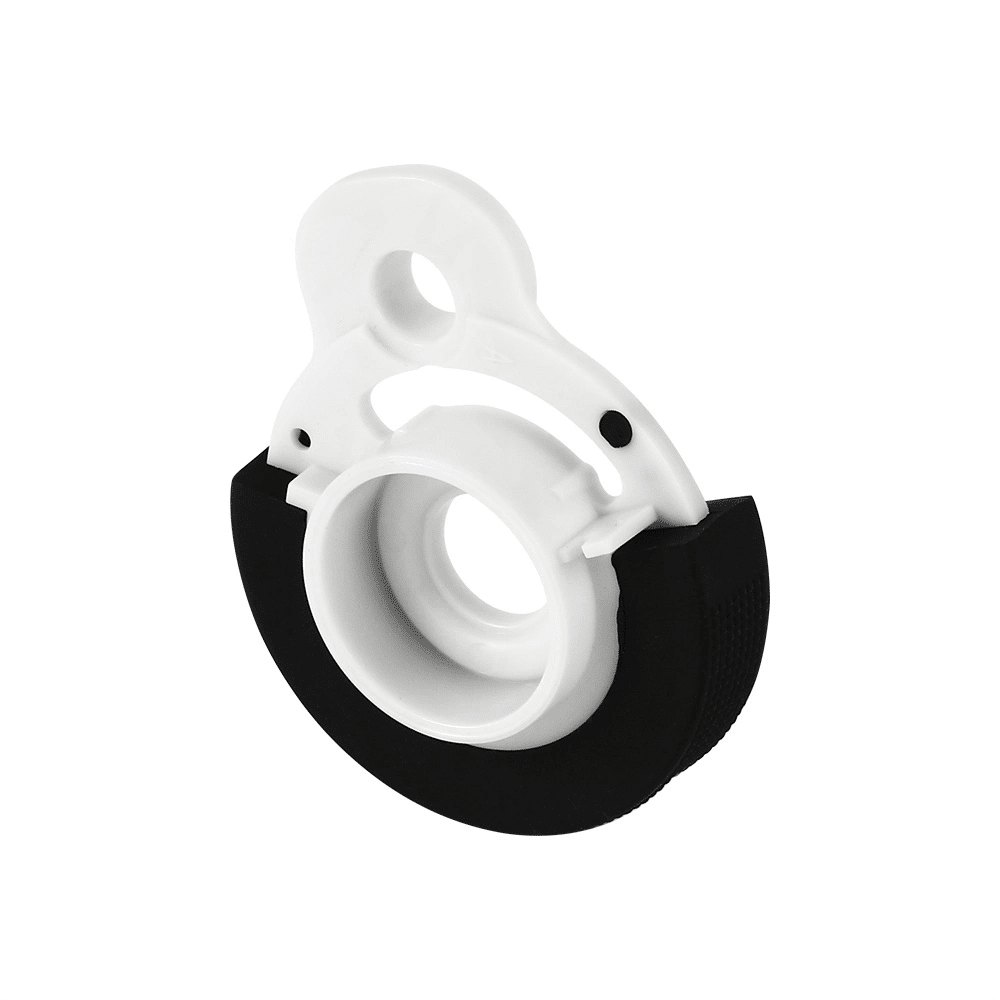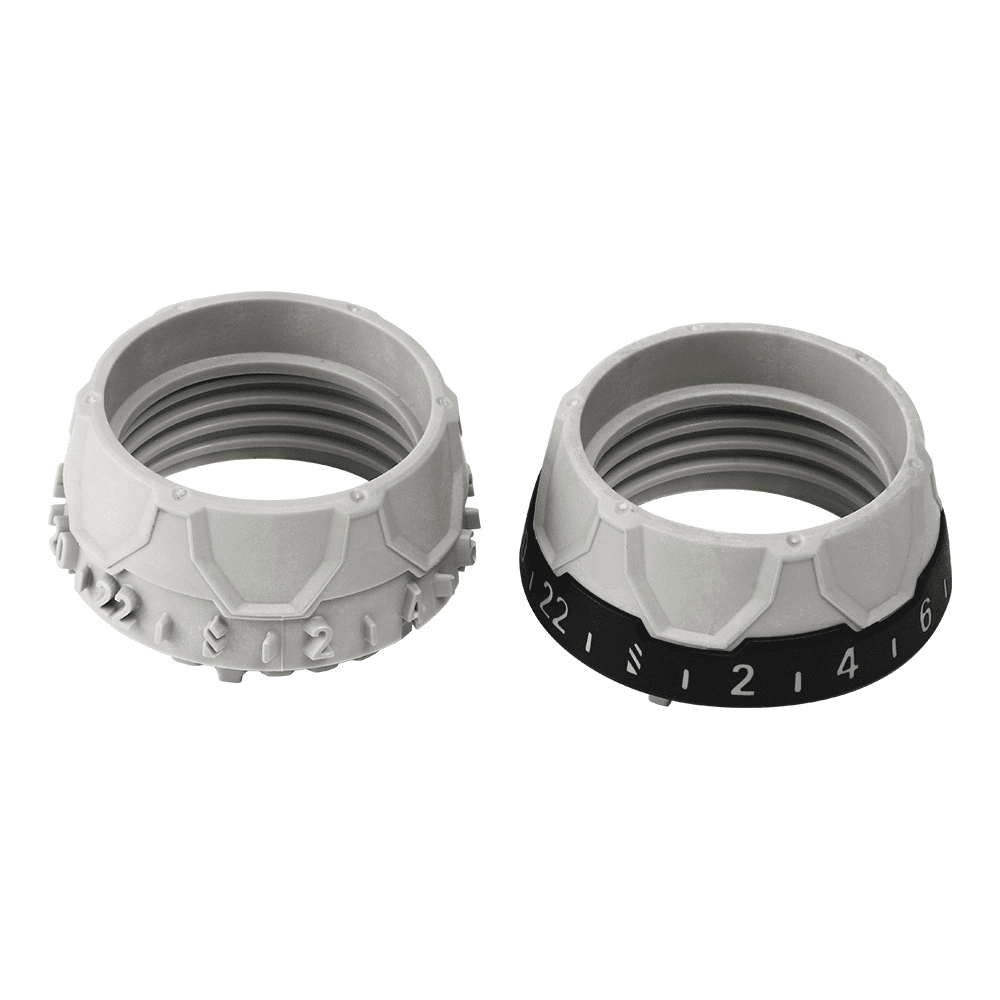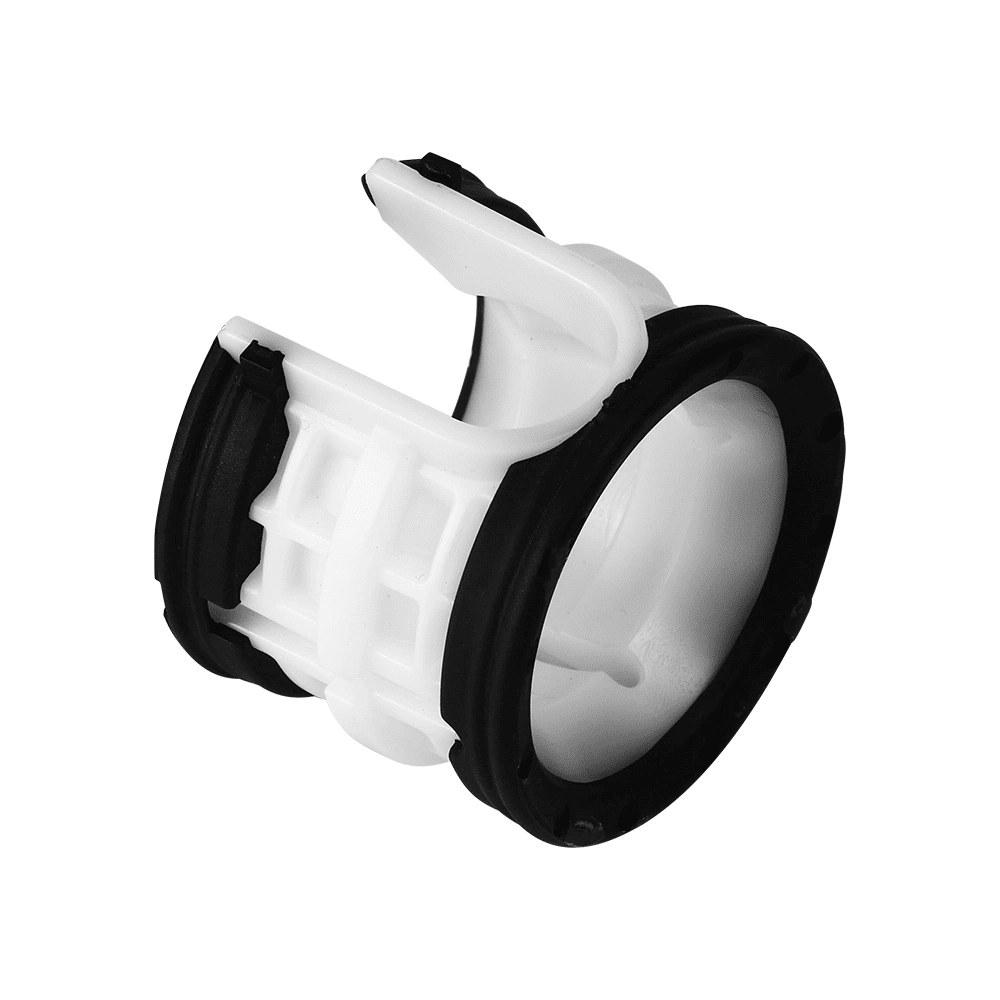Engineering plastics refer to a class of high-performance polymer materials that can be used as structural materials, withstand mechanical stresses over a wide temperature range, and are used in harsh chemical and physical environments. They generally refer to plastics that can withstand certain external forces, have good mechanical properties and dimensional stability, and can maintain their excellent properties at high and low temperatures, and can be used as structural components in engineering. Such as ABS, nylon, polyethylene, etc.

It can be used as a high-performance plastic for structural and mechanical parts, with heat resistance above 100℃, mainly used in industry.
Its performance includes:
- Thermal properties: high glass transition temperature (Tg) and melting point (Tm), high heat distortion temperature (HDT), high long-term use temperature (UL-746B), wide use temperature range, and low coefficient of thermal expansion.
- Mechanical properties: high strength, high mechanical modulus, low creep deformation, wear resistance, fatigue resistance.
- Other: Chemical resistance, excellent electrical resistance, flame resistance, weather resistance, and good dimensional stability.
General plastics include polycarbonate (PC), polyamide (PA), polyacetal (POM), modified polyphenylene oxide (PPE), polyester (PETP, PBTP), polyphenylene sulfide (PPS), polyarylester, and thermosetting plastics include unsaturated polyester, phenolic plastic, epoxy plastic, etc. The tensile strength is over 50MPa, the tensile strength is over 500kg/cm2, the impact resistance is over 50J/m, the bending elasticity rate is 24000kg/cm2, the load deflection temperature is over 100℃, and its hardness and aging resistance are excellent.

Polypropylene can also be included in the scope of engineering plastics if its hardness and cold resistance are improved. In addition, fluorine-based plastics with weak strength, excellent heat resistance, and good chemical resistance are more special. Other plastics include silicone melt compounds, polyamide imide, polyimide, polybismaleimide, polysulfone (PSF), PES, acrylic plastic, modified melamine plastic, BT Resin, PEEK, PEI, liquid crystal plastic, etc.
Due to their different chemical structures, there are also several differences in chemical resistance, friction characteristics, and motor characteristics. Due to their different formability, there are plastics that are suitable for any forming method, and there are plastics that can only be processed using certain forming methods, resulting in limited application. Engineering plastics with thermosetting properties have poor impact resistance, so most of them are added with glass fibers.

Engineering plastics, except for polycarbonate and other high impact materials, generally have low elongation, hardness, and brittleness, but can be improved by adding 20-30% glass fiber.
